Last updated on August 20th, 2014 at 11:08 pm
 DIY Budget Ideas for Mounting and Framing Your Needlework or Cross Stitch
DIY Budget Ideas for Mounting and Framing Your Needlework or Cross Stitch
Counted cross stitch can be a very fun and rewarding pastime. It’s one of the few crafts I enjoy and that I feel confident about the finished results. There are a number of ways you can mount and frame your finished cross stitch projects. Cost is always an issue. Frames and mounting accessories can be very expensive. I’ve found a couple of ways to cut corners that still produce pleasing results.
Frames are easy to find. I like frames of all shapes and sizes–they give your finished projects more character. I often bring them home with no particular project in mind. You can always save them until you need them, especially if they were cheap! One of the best places to find frames is yard sales. You can often pick them up for pennies. Thrift stores are also a good place to look. When I’m pressed for time I pick up a cheap frame at Walmart.
It’s not necessary for your frames to have glass. Sometimes I frame my projects with glass in front of them and sometimes I don’t. When I’m not going to use glass I make sure to spray the surface of the fabric with Scotchguard to help prevent future stains.
I mount my projects in two different ways. You can buy mounting boards in any craft store. There are two kinds – padded and not padded. I’ve found that the padded ones work great when you have a frame that doesn’t have glass. The padding makes the fabric stand out from the frame a little and looks very nice. It’s also easier to smooth out any wrinkles in the fabric.
I use the non-padded mounting boards when I use frames with glass. The nice thing about the mounting boards is that your fabric sticks to them so it won’t move around after your project is mounted and framed.
I’ve found a quick trick that saves you from having to buy the mounting board (if you’re using the non-padded kind). The back of your frame is usually a piece of cardboard much like the cardboard +the mounting board is made of. I’ve found you can use spray-adhesive to mount your fabric directly on the cardboard back of the frame. It works great. You can buy two different types of spray adhesive: a repositioning version, or permanent (it’s never coming off!). I like the repositioning kind because you can still move the fabric around until you get it just right.
When I’ve got the fabric where I want it (after measuring to make sure it’s centered and also cutting off the excess fabric), I use masking tape to fold over the edges of the mounting board. I get it as close to the edge of the board as possible on the front of the fabric, and fold the remainder to the back. This keeps the edges of the fabric from fraying.
Additional Tips:
If you get a little stain on your fabric you can often get it off by dampening the fabric and rubbing a bar of soap or dishwashing liquid into the stain and rinsing.
Before you place the fabric on the mounting board, iron gently to get out any wrinkles in the fabric. If you mist the fabric with water, even the toughest wrinkles will come out.
Using Scotchguard (stain guard that comes in a can) on your fabric is optional, but may help prevent future stains from ruining your artwork.
Author Rachel Paxton is a freelance writer and mom who is the author of the Creative Homemaking Recipe of the Week Club Cookbook. For recipes, tips to organize your home, home decorating, crafts, and frugal family fun, visit her at Creative Homemaking.
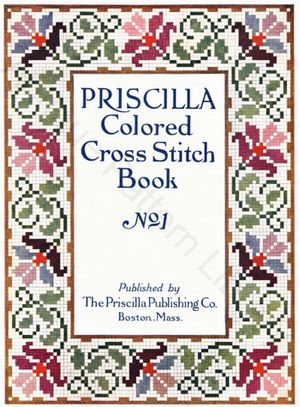

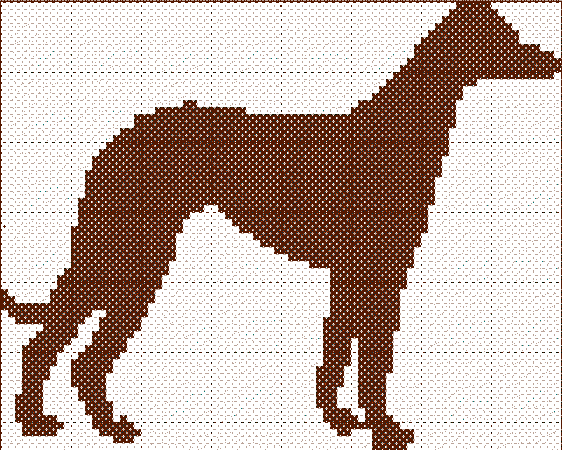
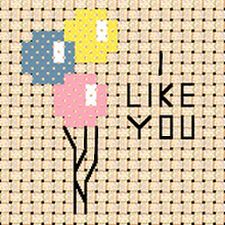
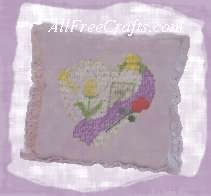
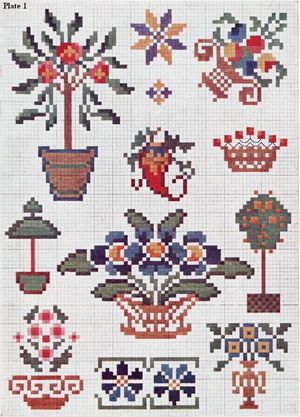
My piece is 121/2 x161/2″. How do I frame an odd sized embroidery? Will a ready made frame work?
@Ellen
I don’t think using the cardboard is a good idea. I would go ahead and buy the mounting board because acid in the cardboard will damage your work. Completely acid free mounting board is really the only way to go. The acid in other materials will break down your fabric and it will eventually rot away.
I’d also be very wary of using the masking tape for the same reason. Depending on brand and intended purpose the adhesive may also contain acid. If you’re really serious about your work lasting, you want to be 100% sure all of your mounting materials are completely acid free.
If you’re wanting your piece to survive generations then I think the best bet for mounting would be to avoid tapes (adhesives are always a worry) and metal pins/staples (rust!) entirely. You should consider lacing your piece to acid free mounting board. This involves sewing the opposite sides of the finished piece (top to bottom, left to right) together behind the mounting board.
Thank you for your comments. The procedures outlined here are good basic techniques, but some of the older methods have been superceded and we can definitely do better these days. You obviously speak from experience and a knowledge of the topic, and your suggestions are valuable and should be considered by anyone wanting to preserve their work in the best way possible. I really appreciate your input and the time you took to explain.
Your information is concise and helpful. I wonder about using cardboard with fabric. When cardboard breaks down over time, won’t it harm the canvas and wool? What do you think about foam board as a backing? Or will the gas there also harm the fabric? I need some archival advice.